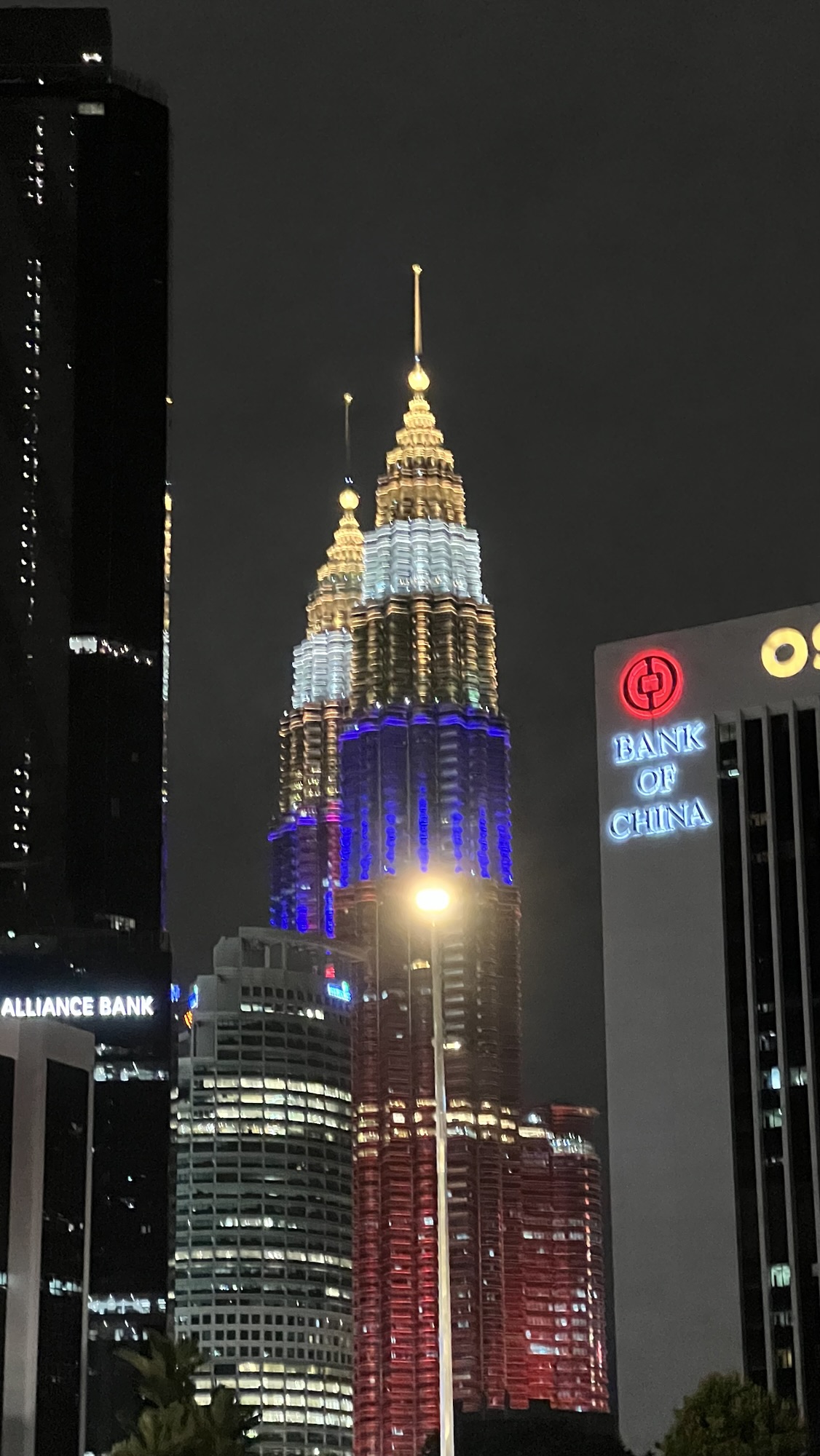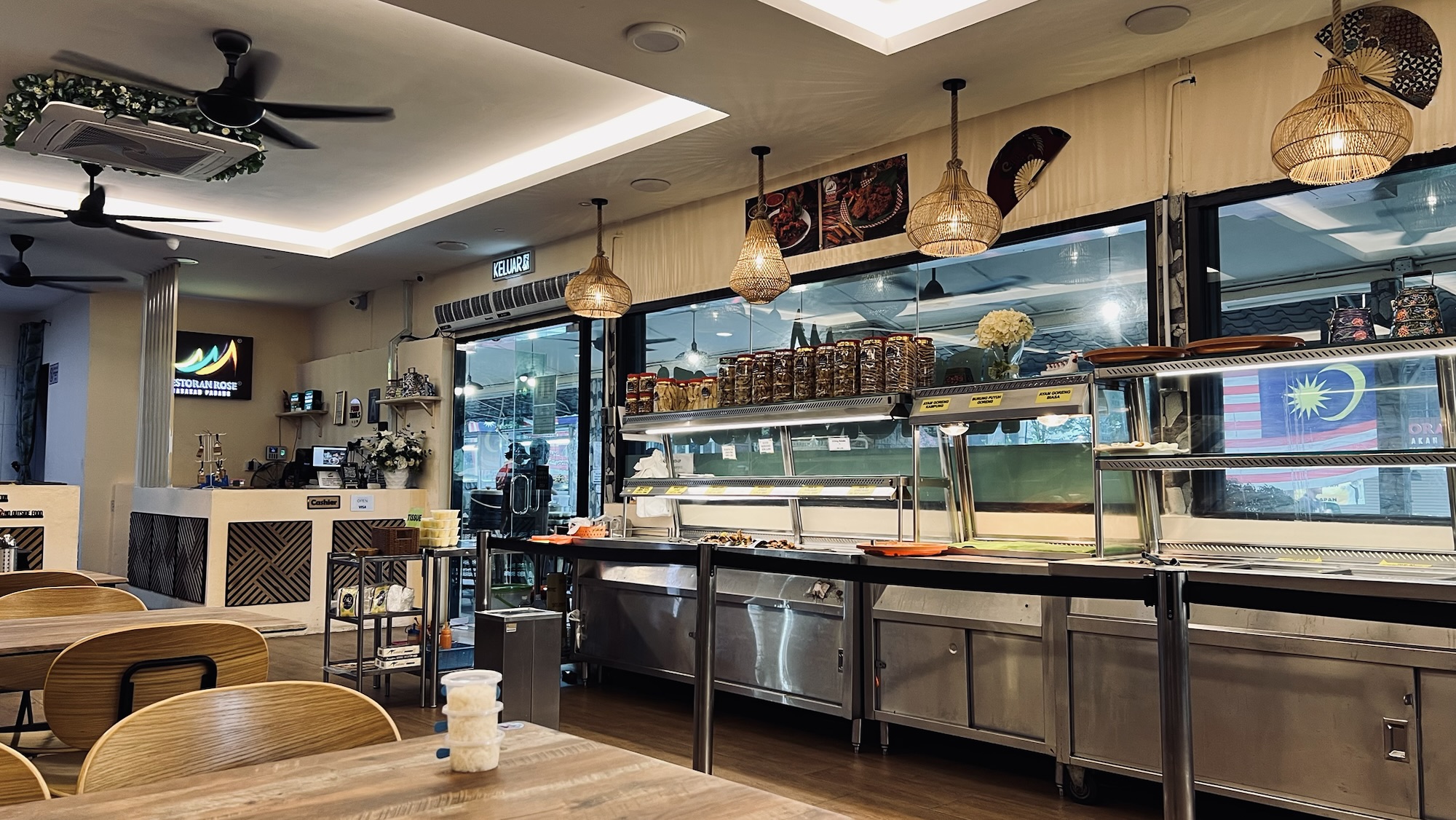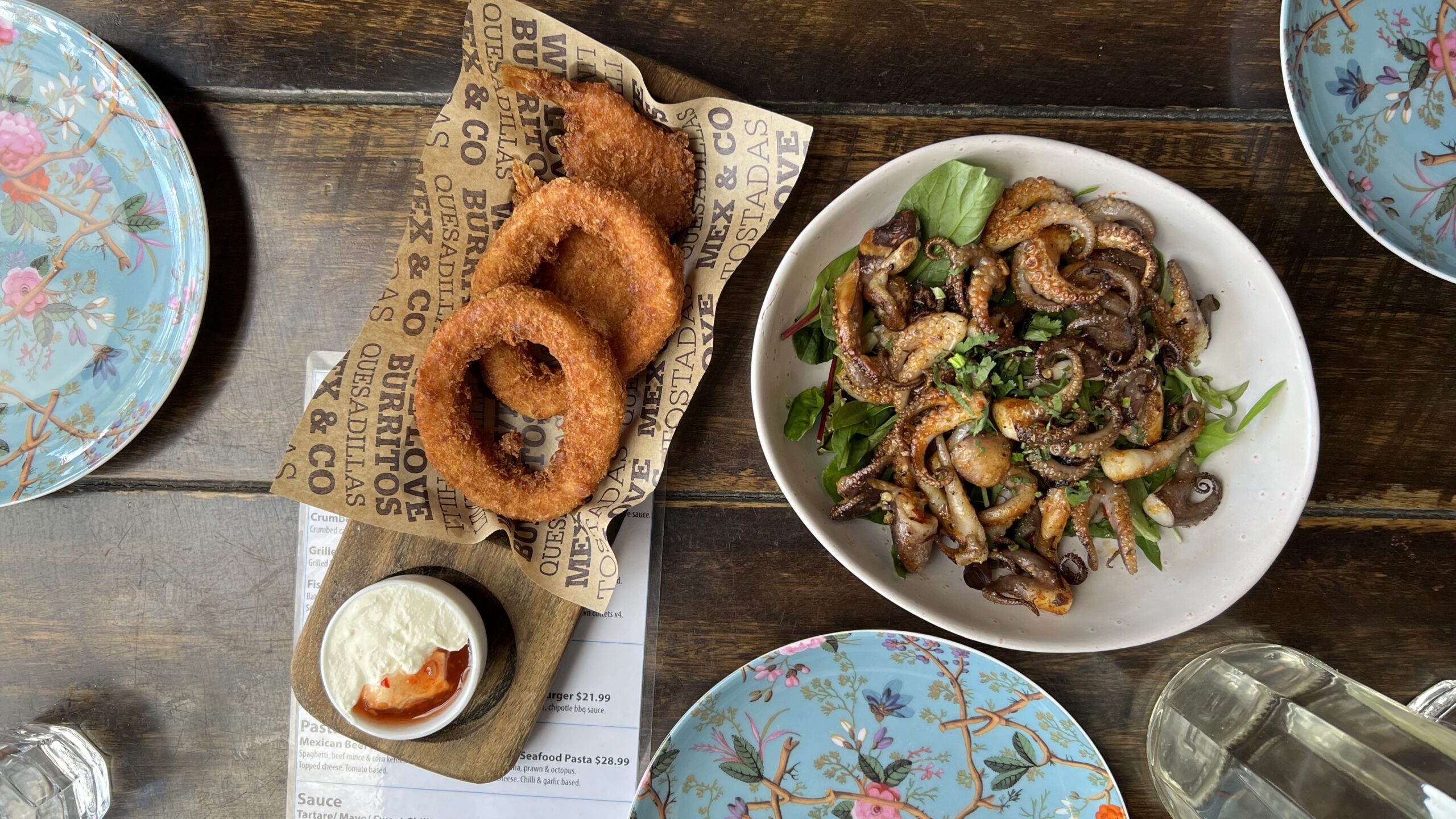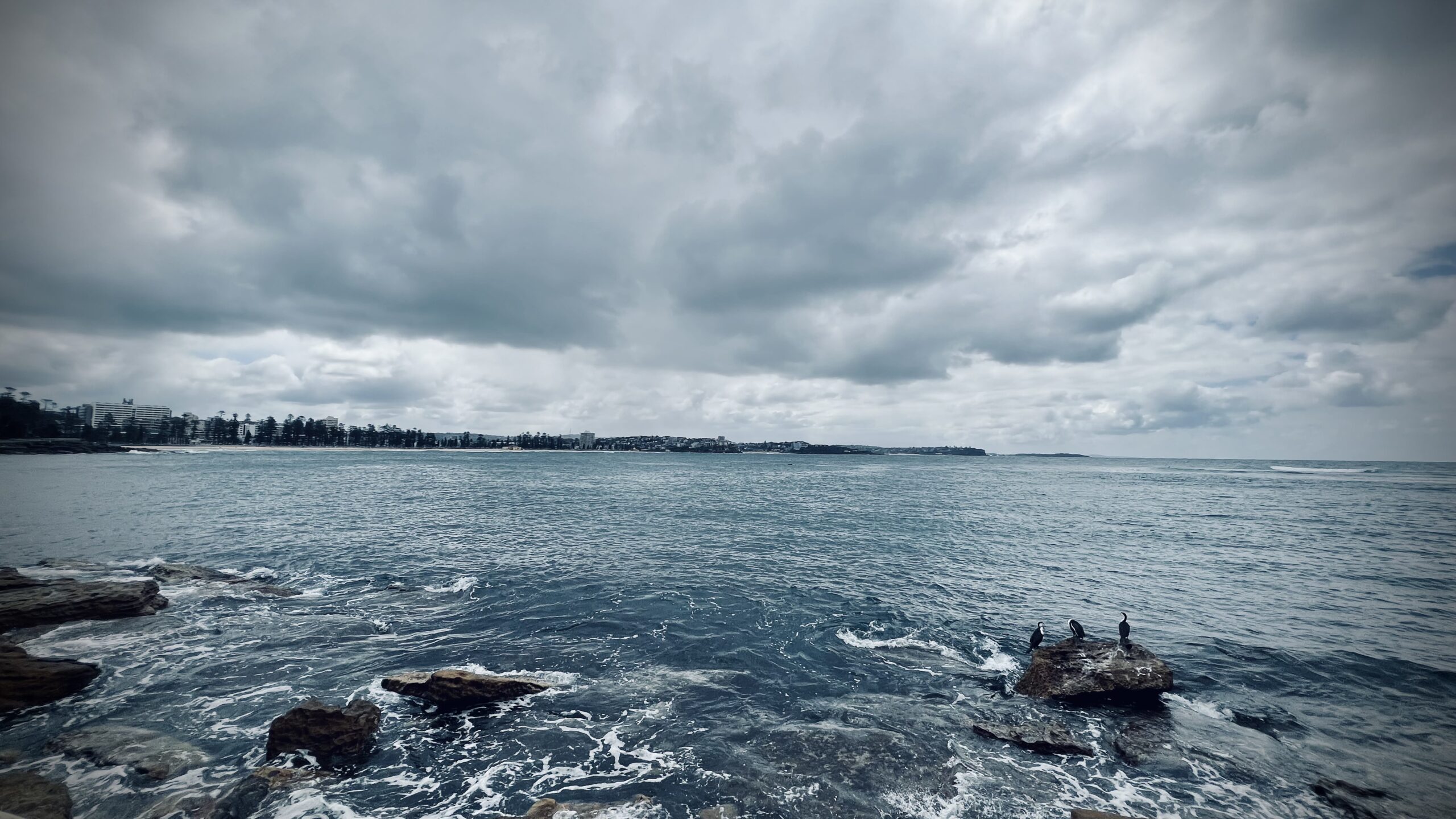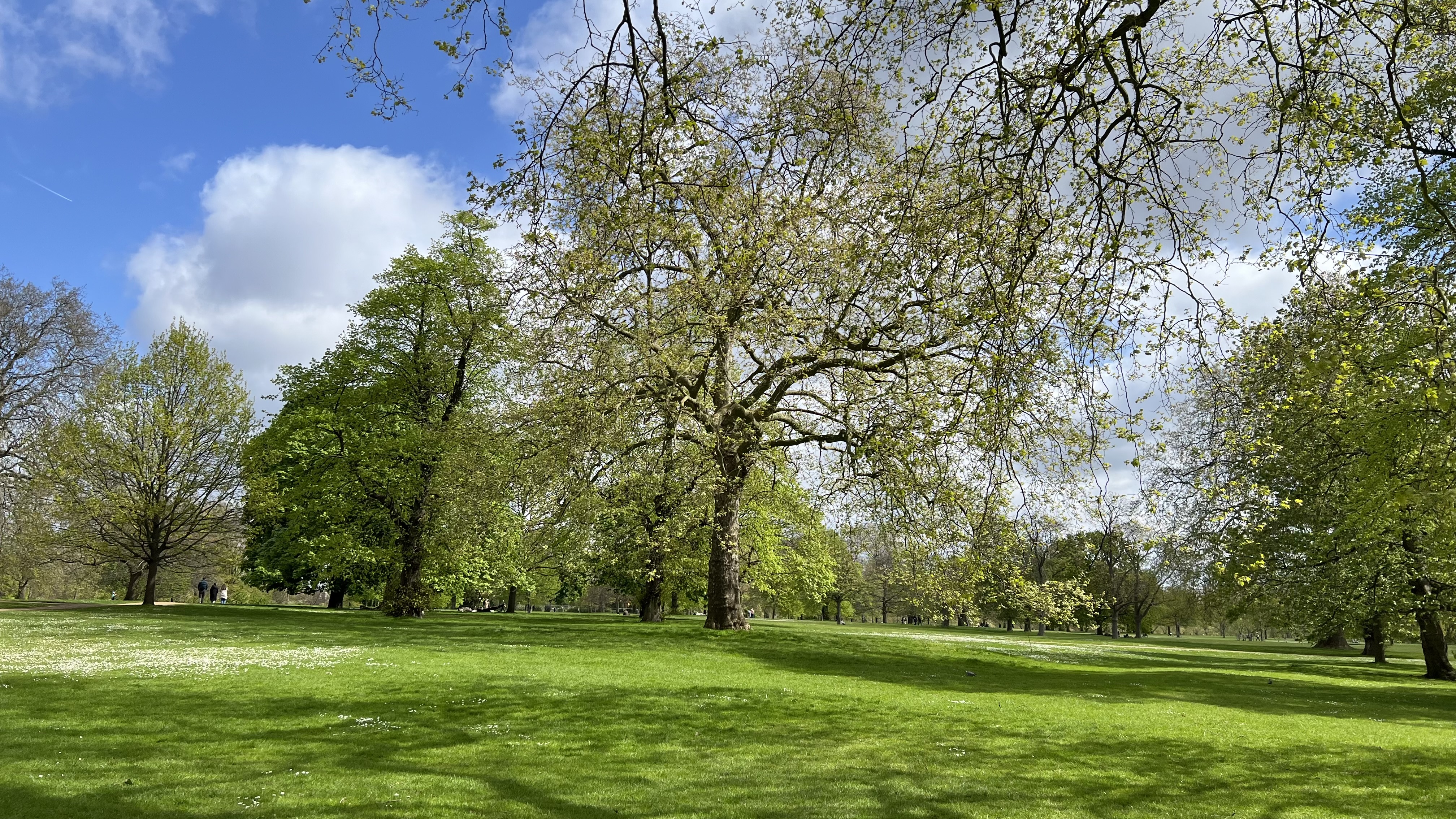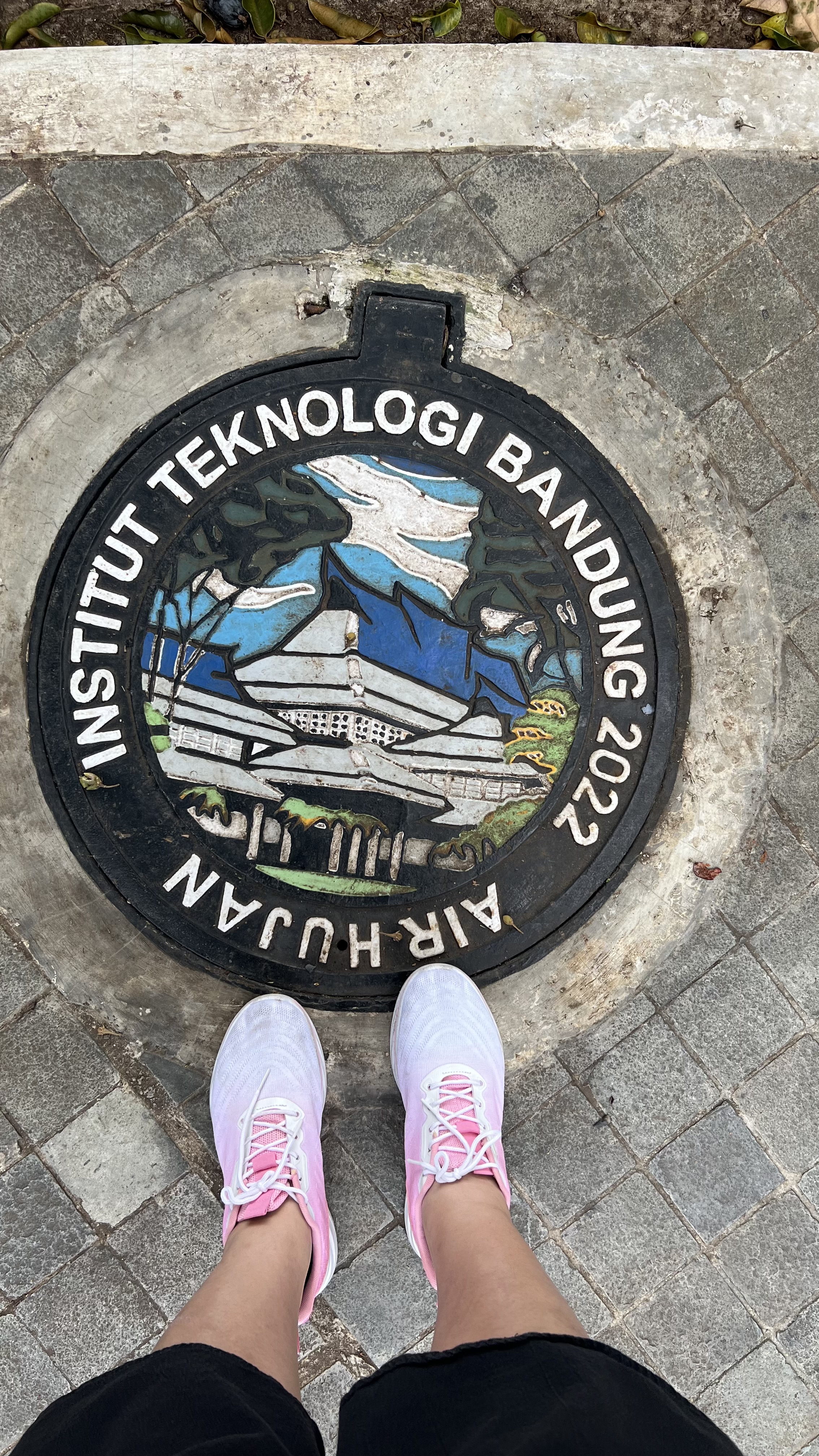coriander in pho
not a food blog
Blogger

My name is Retno Nindya, and my online nickname is Kappa or Kapkap. I’m from Indonesia and have lived in Kuala Lumpur, Malaysia, since 2014 with my husband and two kids.
Everything in this blog is written by a human (me). I can’t believe I have to write this kind of announcement, but here we are.
